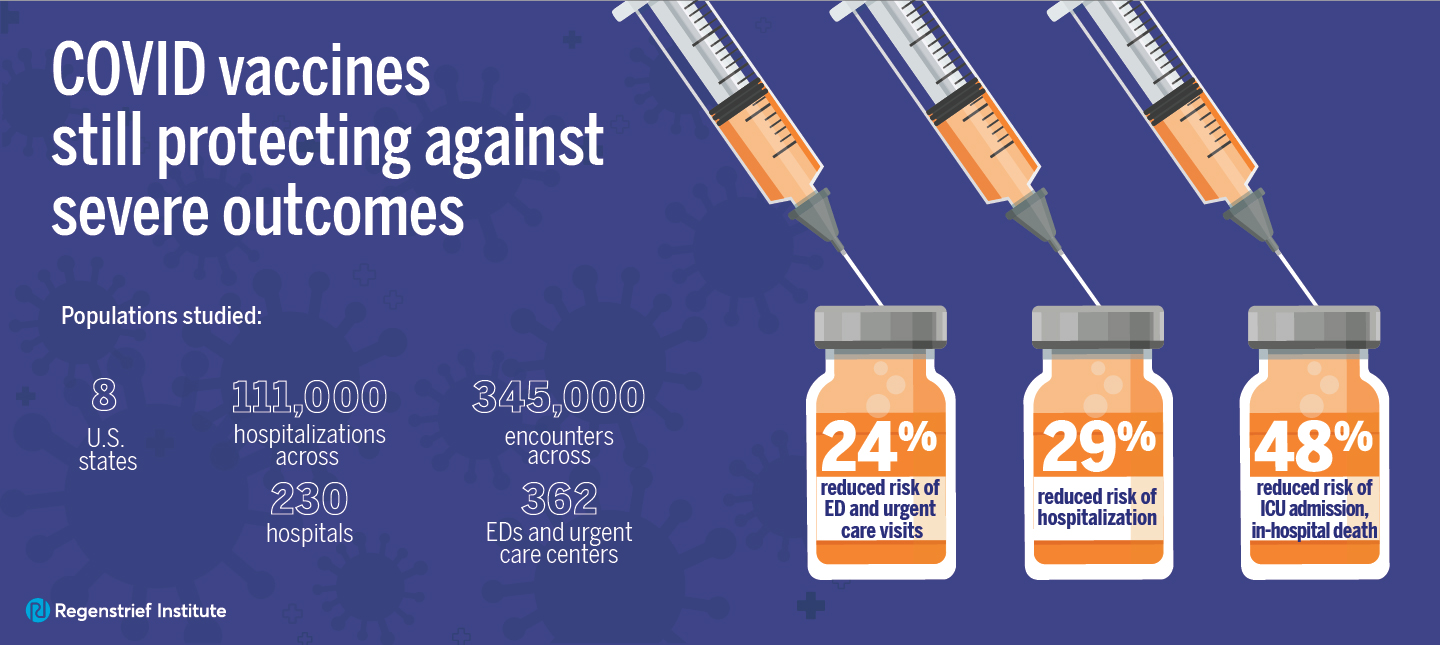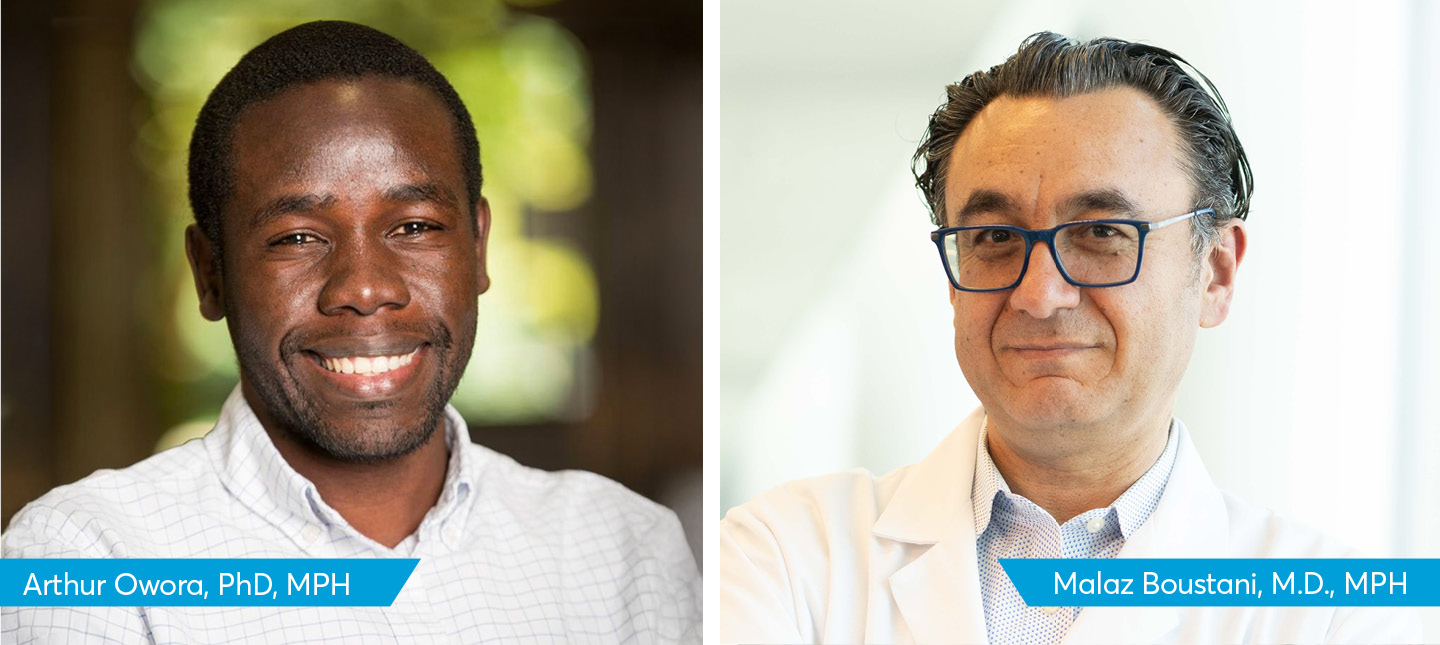Study evaluates participatory intervention
Interventions are needed to improve well-being and promote community reintegration among veterans with housing insecurity.
A study by Indianapolis Veterans Health Administration and Regenstrief Institute research scientists Dawn Bravata, M.D., and Nicholas Rattray, PhD, sought to evaluate a participatory music program’s effect on veterans struggling with housing insecurity.
The study found benefits with this type of intervention. The benefits are described as enjoyment, skill acquisition, facilitating pride, escape from reoccurring issues, reconnecting with their identity before current problems and experiencing positive aspects of veteran culture such as mutual support and discipline.
“Several elements of the program contributed to participant well-being,” said the study’s senior author, Dr. Bravata, who also is an internist at the VA and a professor at Indiana University School of Medicine. “The program’s teacher expected the participants to learn, and the veterans felt both respect and satisfaction from working to achieve the goals set by the instructor. The veterans described the teacher’s fun personality as a key contributor to making each session enjoyable.”
The veterans were provided one-on-one music instruction by the program’s teacher in a group setting to help them acquire musical skills.
The purpose of the study was to identify if a participatory intervention, as opposed to a problem-based group reflection, would be helpful for veterans with housing insecurity.
“This program was very different from other programs offered by the Domiciliary Care for Homeless Veterans center because it was less about self-reflection and more about learning skills,” said Dr. Bravata. “The qualitative responses from the veterans show that a music-based program helps remind them of better times in their lives — and provided them with the hope they could once again enjoy activities in life.”
The responses were provided both by veterans who chose to participate and those who did not participate. Participants’ and non-participants’ ages ranged from 26 to 59.
“We interviewed both participants and nonparticipants because we wanted to understand the experiences of those who elected to join the program, but also to understand why some people didn’t want to enroll,” said Dr. Bravata. “Some of the non-participant veterans were invited to the group sessions to listen to the music and some of them said they were able to find enjoyment through listening to the music the others were making, even though they were not playing the instruments themselves.”
The participant interview responses illuminated the veterans’ perspectives and experiences of the participatory music program. Responses produced three salient overarching themes:
- Intervention – the relative advantage of the participatory program over other problem-focused programs; the importance of a supportive, encouraging teacher; the group setting; the role of music.
- Therapeutic power – based on it being enjoyable; and serving as an escape from preoccupations.
- Context/Culture – included veterans supporting each other and the domiciliary setting.
“Veterans who participated in the intervention felt like they could put their problems behind them during the group session. They could concentrate on practicing and shut out anything else that was bothering them,” said Dr. Rattray, a co-author. “For the veterans, practicing between sessions was identified as an immersive experience which distracted them from their worries, and once the practice was over, the issue that had bothered them didn’t seem as salient.”
The participating veterans used string instruments such as the violin, viola and cello. During the program sessions, the veterans and their teacher played different genres of music.
The Domiciliary Care Program is the VA’s oldest healthcare program. Domiciliary care was initially established to provide services to economically disadvantaged veterans, and it remains committed to serving that group. The domiciliary programs are integrated with the Mental Health Residential Rehabilitation and Treatment Programs.
“A developmental formative evaluation of a pilot participatory music program for veterans with housing insecurity,” is published in the academic journal BMC Public Health.
This study was supported by the Department of Veterans Affairs (VA), Health Services Research & Development Service (HSRD), Precision Monitoring to Transform Care (PRIS-M) Quality Enhancement Research Initiative (QUERI) (SDP 15–280).
Authors and affiliations as listed in the publication:
Sally Wasmuth1, Nicholas A. Rattray2,3,4,5, Phillip Cheng6, Shannon Crow2, Jennifer Myers2,3, Debra S. Burns7, Laura J. Myers2,3,4, Brittany Hook8, Anne Lustig8, Anthony J. Perkins2,9, Ariel J. Cheatham2,3, Dawn M. Bravata10,11,12,13,14
1Department of Occupational Therapy, Indiana University-Purdue University, Indianapolis, IN, USA.
2Department of Veteran Affairs, Health Services Research and Development (HSR&D) Precision Monitoring to Transform Care (PRISM) Quality Enhancement Research Initiative (QUERI), United States, Richard L. Roudebush VA Medical Center, HSR&D Mail Code 11H, 1481 West 10th Street, IN, 46202, Indianapolis, USA.
3HSR&D Center for Health Information and Communication (CHIC), United States Department of Veteran Affairs, Richard L. Roudebush VA Medical Center, Indianapolis, IN, USA.
4Department of Internal Medicine, Indiana University School of Medicine, Indianapolis, IN, USA.
5Department of Anthropology, Indiana University-Purdue University, Indianapolis, IN, USA.
6School of Medicine, Indiana University, IN, Indianapolis, USA.
7Department of Music and Arts Technology, Indiana University-Purdue University, Indianapolis, IN, USA.
8United States Department of Veteran Affairs, Domiciliary Care for Homeless Veterans Program (DCHV), IN, Indianapolis, USA.
9Department of Biostatistics, Indiana University School of Medicine, Indianapolis, IN, USA.
10Department of Veteran Affairs, Health Services Research and Development (HSR&D) Precision Monitoring to Transform Care (PRISM) Quality Enhancement Research Initiative (QUERI), United States, Richard L. Roudebush VA Medical Center, HSR&D Mail Code 11H, 1481 West 10th Street, IN, 46202, Indianapolis, USA.
11HSR&D Center for Health Information and Communication (CHIC), United States Department of Veteran Affairs, Richard L. Roudebush VA Medical Center, Indianapolis, IN, USA.
12Department of Internal Medicine, Indiana University School of Medicine, Indianapolis, IN, USA.
13Department of Neurology, Indiana University School of Medicine, Indianapolis, IN, USA.
14Regenstrief Institute, Indianapolis, IN, USA.
Dawn M. Bravata, M.D.
In addition to her role as a research scientist with the William M. Tierney Center for Health Services Research at Regenstrief Institute, Dawn M. Bravata, M.D., is a professor of medicine and adjunct professor of neurology at Indiana University School of Medicine. She also serves as a core investigator for the U.S. Department of Veteran Affairs Health Services Research and Development Center for Health Information and Communication, Richard L. Roudebush VA Medical Center. Dr. Bravata is also a co-principal investigator VA HSR&D Expanding Expertise Through E-health Network Development (EXTEND QUERI).
Nicholas A. Rattray, PhD
In addition to his role as a research scientist with the William M. Tierney Center for Health Services Research at Regenstrief Institute, Nicholas A. Rattray, PhD, is a core investigator for the U.S. Department of Veterans Affairs Health Services Research and Development Center for Health Information and Communication at Richard L. Roudebush VA Medical Center. Dr. Rattray is also an assistant research professor of medicine at Indiana University School of Medicine.
About the VA Health Services Research and Development Center for Health Information and Communication
Located at the Richard L. Roudebush VA Medical Center, the Health Services Research and Development (HSR&D) Center for Health Information and Communication (CHIC) group is a diverse cadre of researchers collaborating to transform the healthcare system, both within and outside the VA so every patient receives consistent, high-quality care.
About Regenstrief Institute
Founded in 1969 in Indianapolis, the Regenstrief Institute is a local, national and global leader dedicated to a world where better information empowers people to end disease and realize true health. A key research partner to Indiana University, Regenstrief and its research scientists are responsible for a growing number of major healthcare innovations and studies. Examples range from the development of global health information technology standards that enable the use and interoperability of electronic health records to improving patient-physician communications, to creating models of care that inform clinical practice and improve the lives of patients around the globe.
Sam Regenstrief, a nationally successful entrepreneur from Connersville, Indiana, founded the institute with the goal of making healthcare more efficient and accessible for everyone. His vision continues to guide the institute’s research mission.









